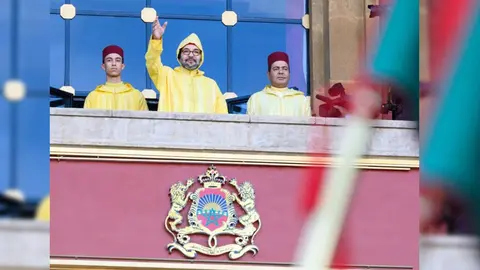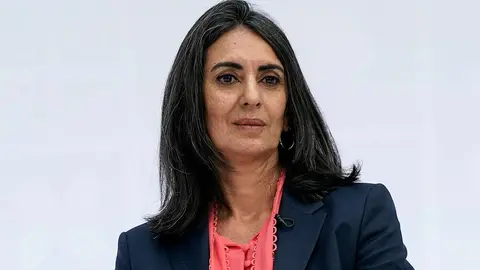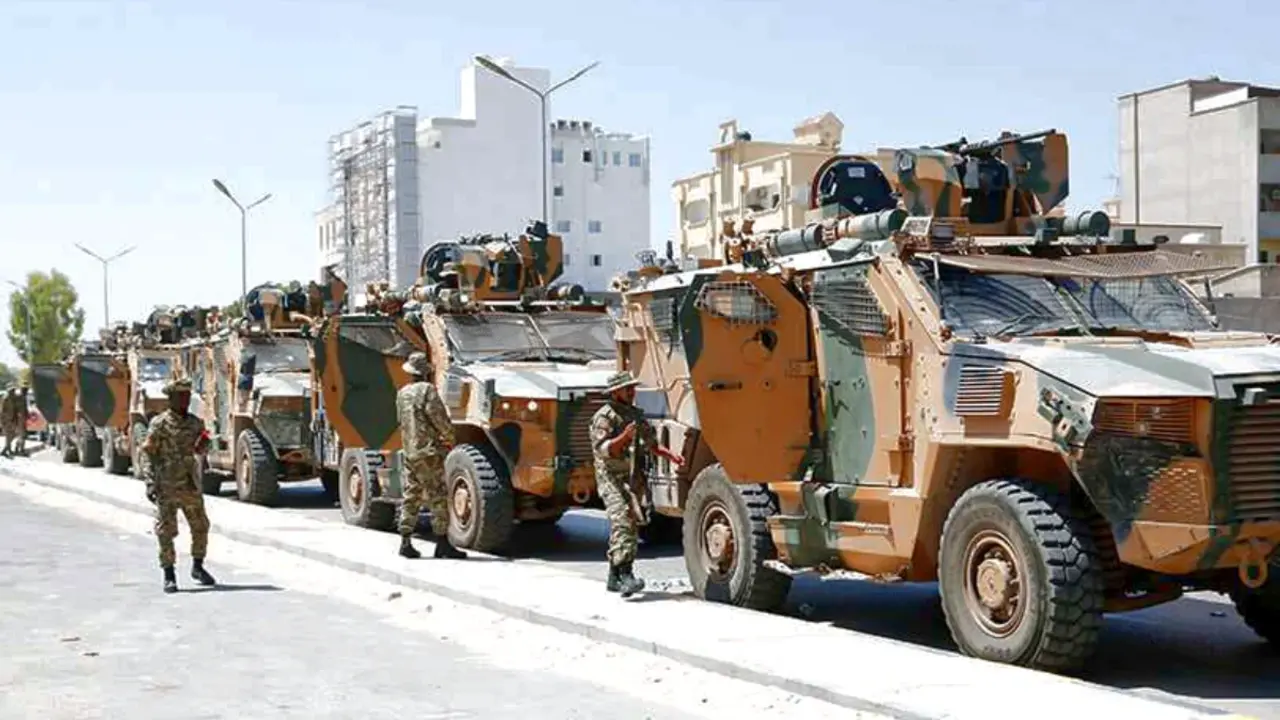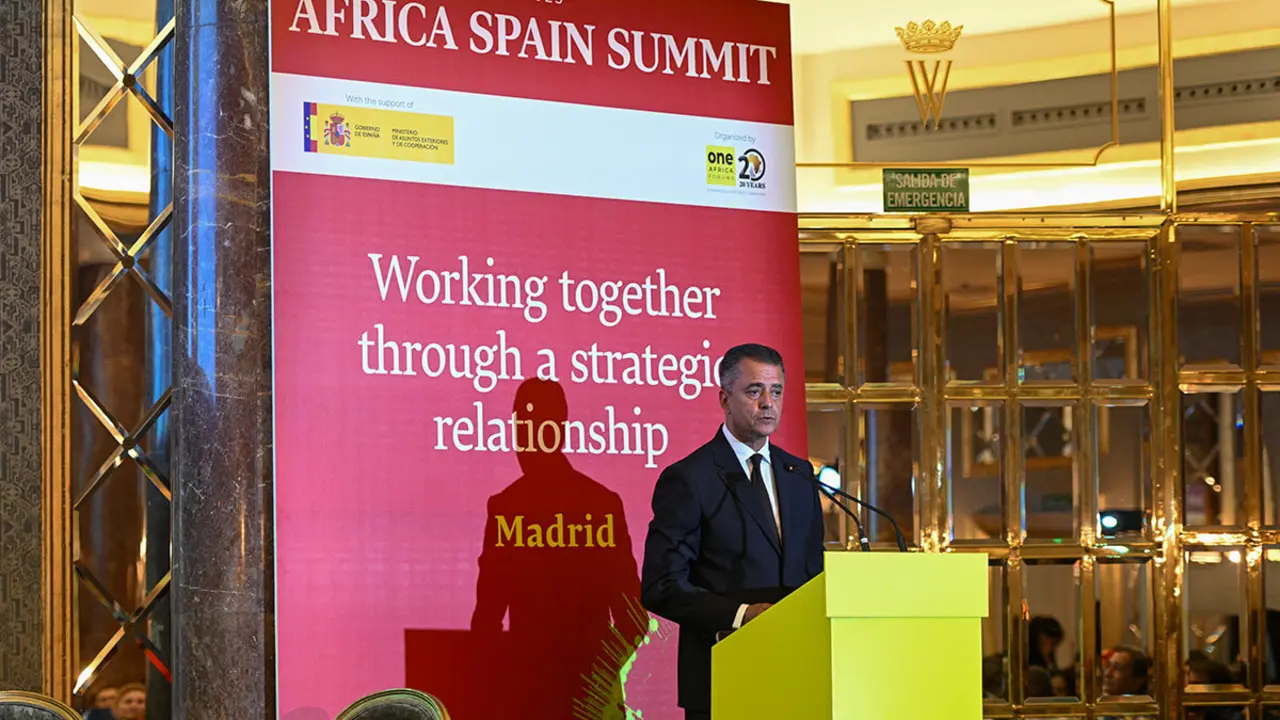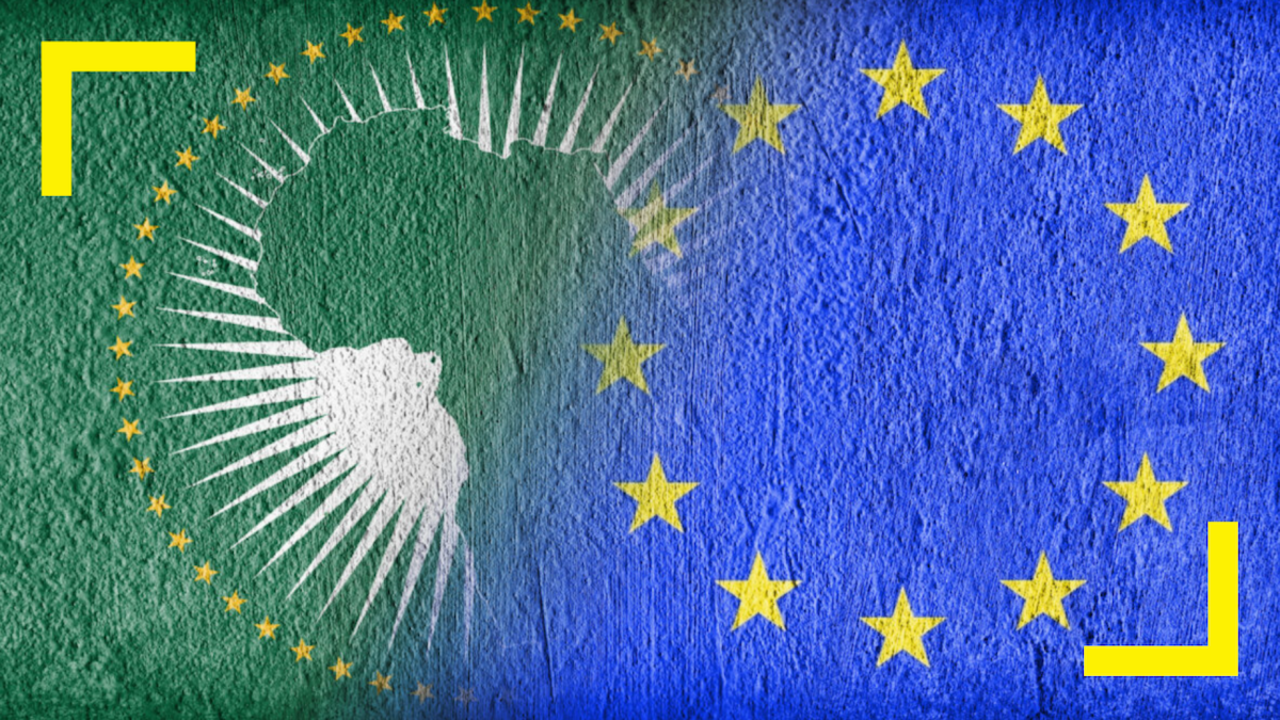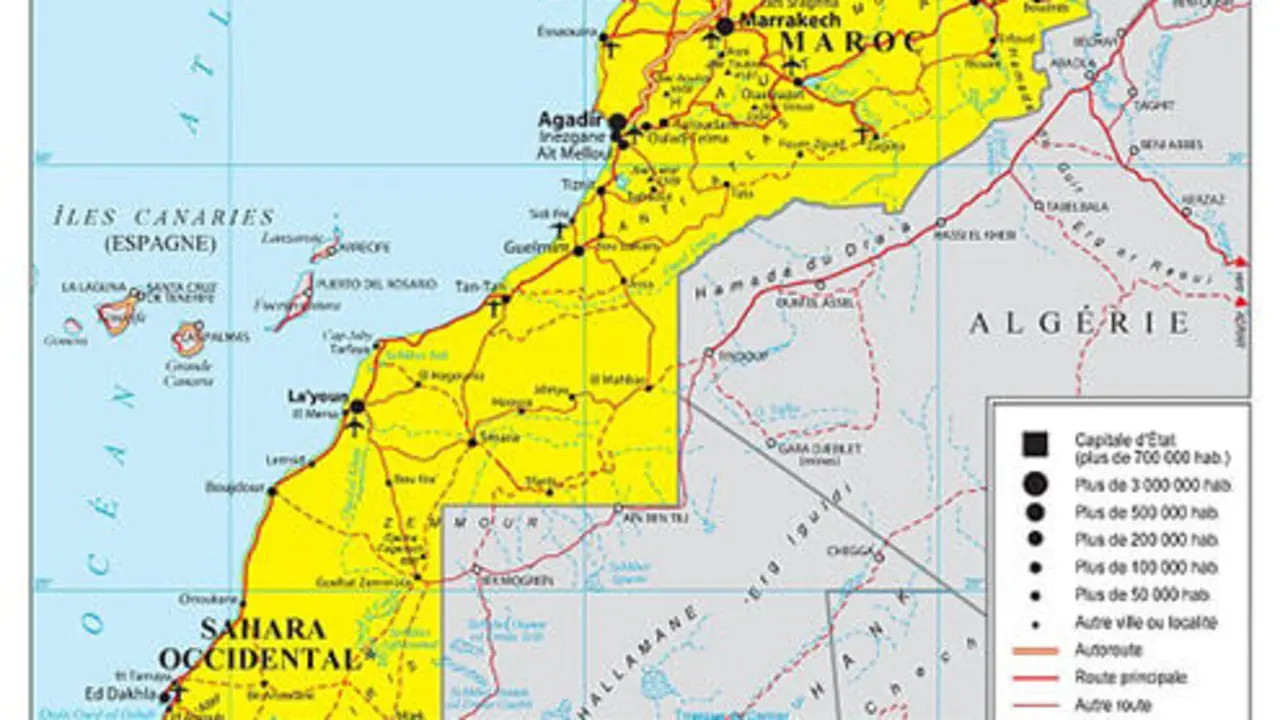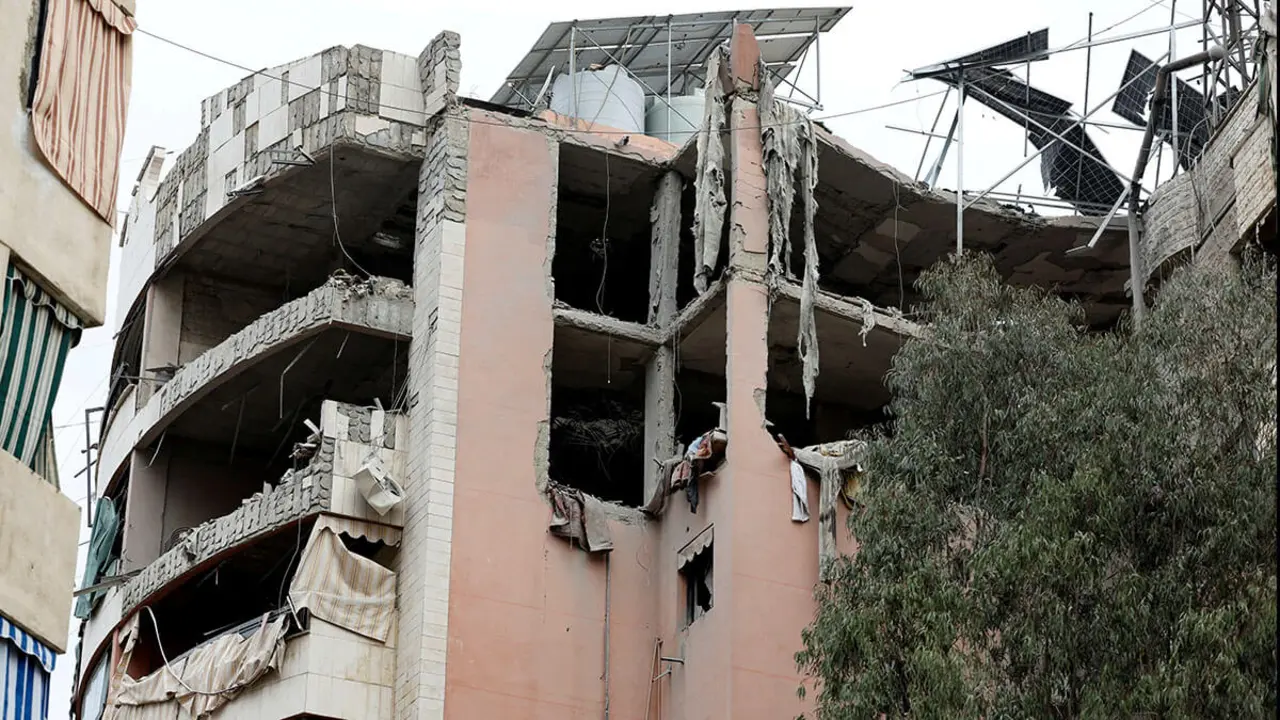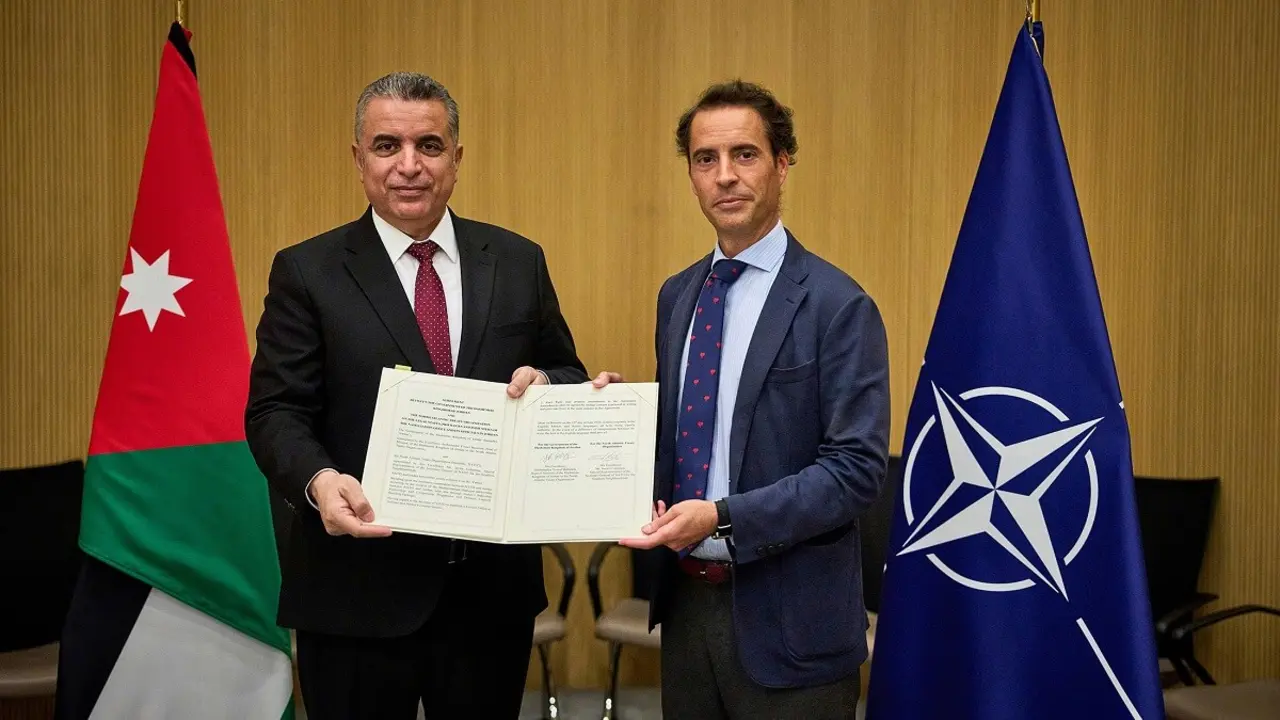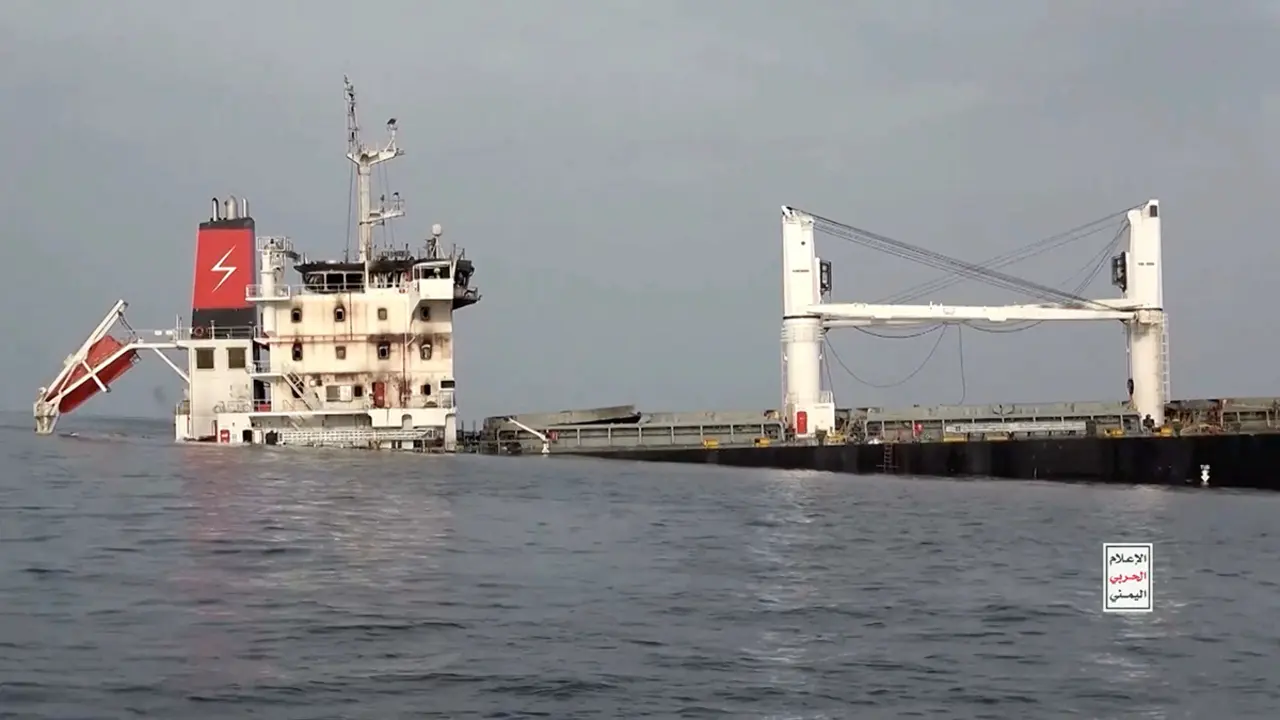Morocco's Ministry of Education earmarks 370 million euros to rebuild schools affected by the earthquake

The Moroccan Ministry of National Education, Early Childhood Education and Sports has allocated 370 million euros to help rebuild schools affected by the earthquake measuring 6.8 on the Richter scale that struck the North African country on 8 September, with a major impact on sites such as Al-Haouz, Taroudant, Chichaoua, Ouarzazate, Marrakech, Casablanca and the High Atlas region in general.
The Minister of National Education, Children's Education and Sports, Chakib Benmoussa, who appeared in a parliamentary session in the Moroccan House of Representatives, announced this aid of 4 billion dirhams (about 370 million euros) to rehabilitate the schools affected by the earthquake and also indicated that the necessary technical studies are being carried out to carry out this rehabilitation of schools.
The minister stressed that the Ministry of Education will entrust the High Atlas Development Agency with the implementation of the reconstruction programme, as he emphasised on the social network X.

Minister Chakib Benmoussa said in parliament that the school rehabilitation programme will be implemented taking into account the specific architectural conditions of each affected area and respecting the anti-seismic regulations for the construction of infrastructures.
These rehabilitated schools will be available at the beginning of the next academic year and, thanks to the rehabilitation programme implemented, it will be possible to improve educational conditions in these areas. It is also planned to improve school transport networks by taking advantage of the opportunity to rehabilitate school infrastructures. The policy initiative also envisages increasing the number of communal schools with boarding facilities, transport for students and accommodation for teachers, as reported by Morocco World News.
This initiative is part of the Moroccan government's overall plan to recover the areas most affected by the earthquake and follows the instructions given by King Mohammed VI, who immediately after the terrible earthquake led the inter-ministerial meetings that served to deploy the initial emergency relief and aid mechanism on the ground, then request aid from four specific countries for rescue work (Spain, United Arab Emirates, Qatar and the United Kingdom) and establish the programme for subsequent reconstruction.

The government led by head of government Aziz Akhannouch decreed direct financial assistance to citizens whose homes had been partially or totally destroyed and also set up a funding scheme for the reconstruction of various types of infrastructure in the affected areas. For example, emergency aid of 2,500 dirhams (about 230 euros) per month for a year was granted to families whose houses were partially or totally destroyed by the earthquake of 8 September.
Just over 59,600 houses have been destroyed, of which 32 per cent have completely collapsed and 68 per cent only partially. In the meantime, ministerial departments agreed on a five-year plan in which around 11 billion euros will be spent in total within the overall reconstruction programme.
This is in addition to the activation of parametric mutual insurance policies, which are those relating to natural disasters or catastrophes, which envisaged the entry of up to more than 250 million euros into the Moroccan state coffers.
This is in addition to the financial contribution of international organisations such as the International Monetary Fund and the World Bank, which recently held their Annual Assemblies in Marrakech, demonstrating Morocco's rapid recovery from the tragedy, and the aid also provided by allied countries, such as Spain.

